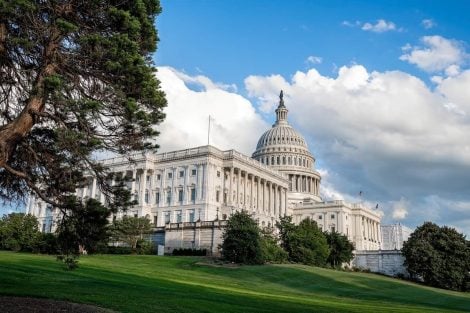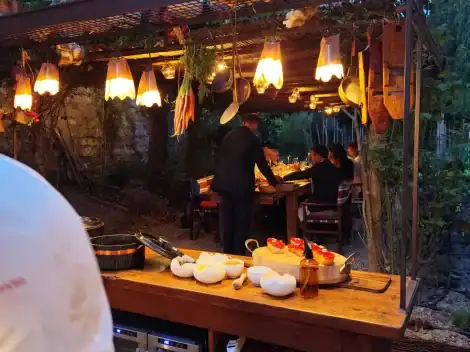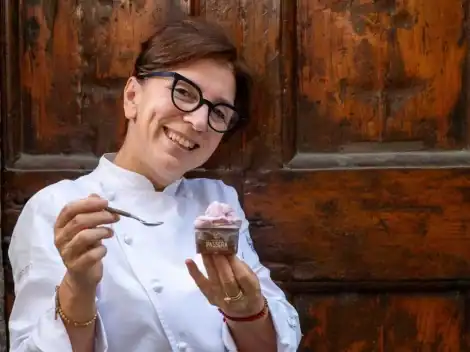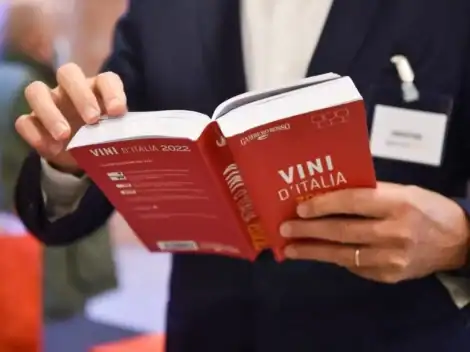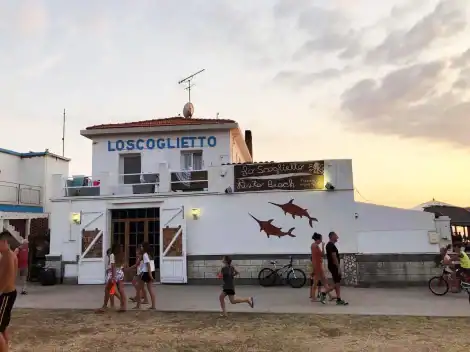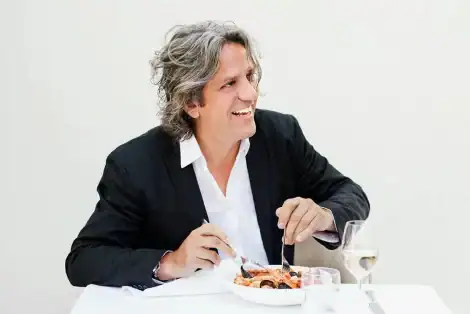One company, three different realities
San Felice wines are rich in history. To understand its origins, we must go back to the 8th century and delve into the bitter controversies of the bishops of Arezzo and Siena, who at that time were competing for control of parish churches. Among the disputed settlements was San Felice, definitively assigned to the bishop of Arezzo in 715. A thousand years later Grisaldi del Taja managed care of the estate. It was Giulio Grisaldi Del Taja, sensing the great agronomic potential of the area, who invested in land and crops, even taking part, in 1924, in the foundation of the Chianti Classico Consortium. Today San Felice boasts a property of 1,700 hectares, of which 650 are cultivated, including vineyards (180 hectares), olive groves and arable land.
Since 1978 it has been owned and managed by the Allianz insurance group which, under the leadership of President Mario Cuccia and General Manager Davide Profeti, have made San Felice one of the most solid wineries in the Tuscan landscape. Over the years the company has also invested outside the Chianti Classico area. In 1981 the Campogiovanni estate in Montalcino was purchased, in 2016 Bell’Aja in Bolgheri was born. Three different estates united by the same essential factors. The quality of the wines is born through the enhancement of the territories to which they belong, a careful look at environmental sustainability implemented thanks to precision viticulture, continuous experimentation, and lastly, a constant study both on international and native grape varieties, and culminates in the Vitiarium project, an experimental vineyard of two and a half hectares that hosts 270 grape varieties considered as minor.
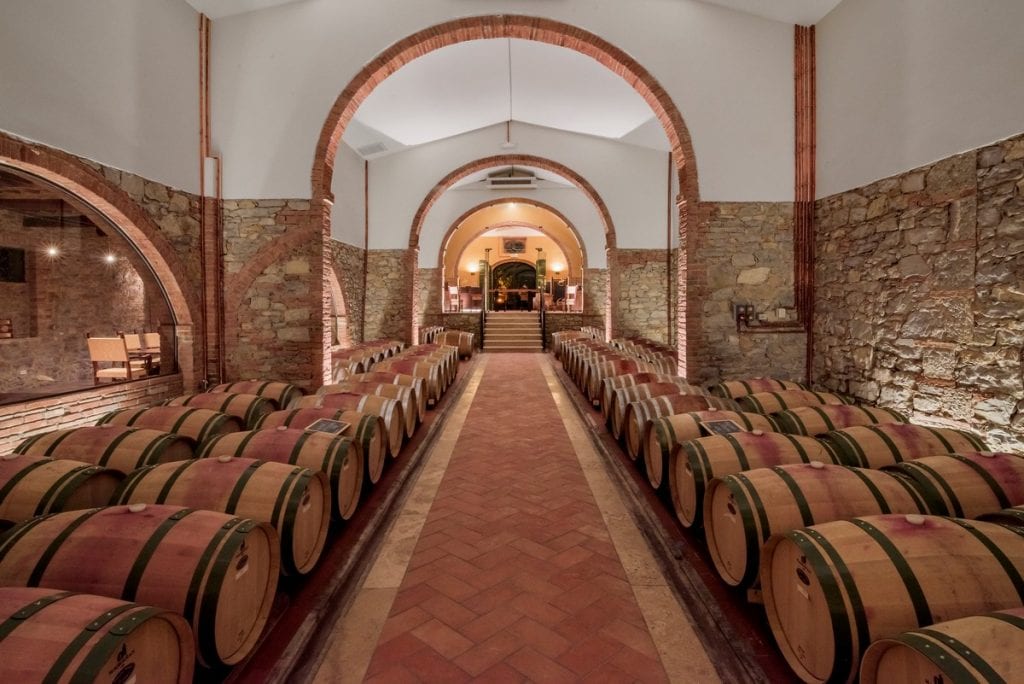
The wines
The first is Vigorello, a true corporate emblem. Born in 1968 it is considered, without a doubt, the first Supertuscan of Chianti Classico. Thanks to an accurate mass selection more than fifty years ago, a pure Sangiovese was vinified marking a break with the past, in which the use of some white grape varieties was preferred for the production of Chianti Classico. The name of the wine derives from the word "vigour," a noun attributed to red wine that would be born shortly thereafter. Ten years later, Poggio Rosso was bottled, a real corporate cru of Chianti Classico, while in 1979 cabernet sauvignon joined Sangiovese in the composition of Vigorello: the road to Supertuscans was thus mapped. A few years later it was invested in Montalcino. From over twenty hectares of vineyards come Brunello, Brunello Riserva and Rosso di Montalcino. The latest bet is called Bell'Aja, in Bolgheri, eight hectares of rows between the prestigious estates of Ornellaia and Sassicaia. Two wines are produced, a Bolgheri and a Bolgheri Riserva. All labels excel in international markets, thanks to commercial success and the appreciation of international critics. The Tre Bicchieri recognition by Gambero Rosso was lauded 17 times starting with the Vigorello '88 awarded for the first time. In the 2021 Guide, Chianti Classico '18 is on the top step of the podium. Satisfaction also comes from Wine Spectator which counts San Felice among the 34 best wineries in Italy: "Certainly an important recognition in San Felice, but also a tribute to the passion and commitment of the company in recent years, in the name of quality and excellence - says Davide Profeti, General Manager of the company - We look to the future with ever more responsibility, energy and trust. Also with respect to our commercial ambitions: in 2021 it is our firm intention to continue to devote maximum attention to the development of online channels and at the same time to our commercial partners with whom we have been collaborating for decades. Our gaze is directed in particular to the Italian HoReCa channel, so dramatically affected by the pandemic and which, more than any other, we believe to be of fundamental importance for our growth."
Hospitality and reception. It's not just wine at San Felice.
The medieval village was completely renovated and converted into a hotel in 1991. Thus an albergo diffuso – scattered hotel – was born which, two years after its birth, became part of the Relais & Chateau circuit. There are 29 rooms, 31 suites, a spa and playing fields for a five-star offer. There are two restaurants, Osteria del Grigio and Poggio Rosso, a restaurant run by chef Juan Camilo Quintero, under the supervision of chef Enrico Bartolini. The cuisine is in full harmony with the Borgo, between quality of ingredients and an elegant and refined style. Several proposals range sea and land without ever forgetting the vegetables that come directly from the vegetable garden called "Felice," where young and old work and that is the result of one of the philanthropic projects of Umana Mente, the Allianz Foundation founded in 2001. Poggio Rosso obtained the Due Forchette recognition by Gambero Rosso (excellent restaurant in its category) and the 2021 issue of the Michelin Guide also awarded the restaurant: “It is an honour to have brought a Michelin star to Poggio Rosso. Knowing that my culinary vision is shared and appreciated is my greatest satisfaction” says Juan Quintero, Executive Chef at Borgo San Felice. Pride for the results obtained also for Danilo Guerrini, Maître de Maison of the hotel: "It's an achievement that is the result of the indispensable contribution and the strength of character expressed by the whole San Felice Team, in particular from the kitchen and dining room, which allowed the experience at Poggio Rosso to become, even more, an unforgettable moment of authentic haute cuisine combined with a first-rate dining service."
by Giuseppe Carrus

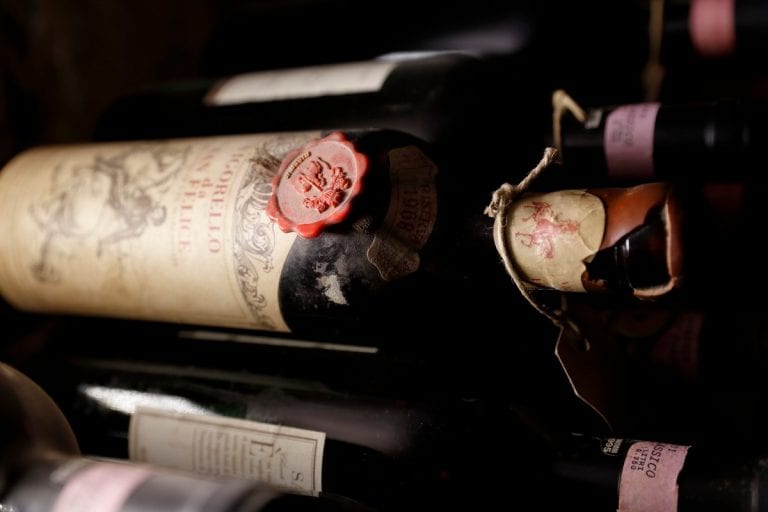
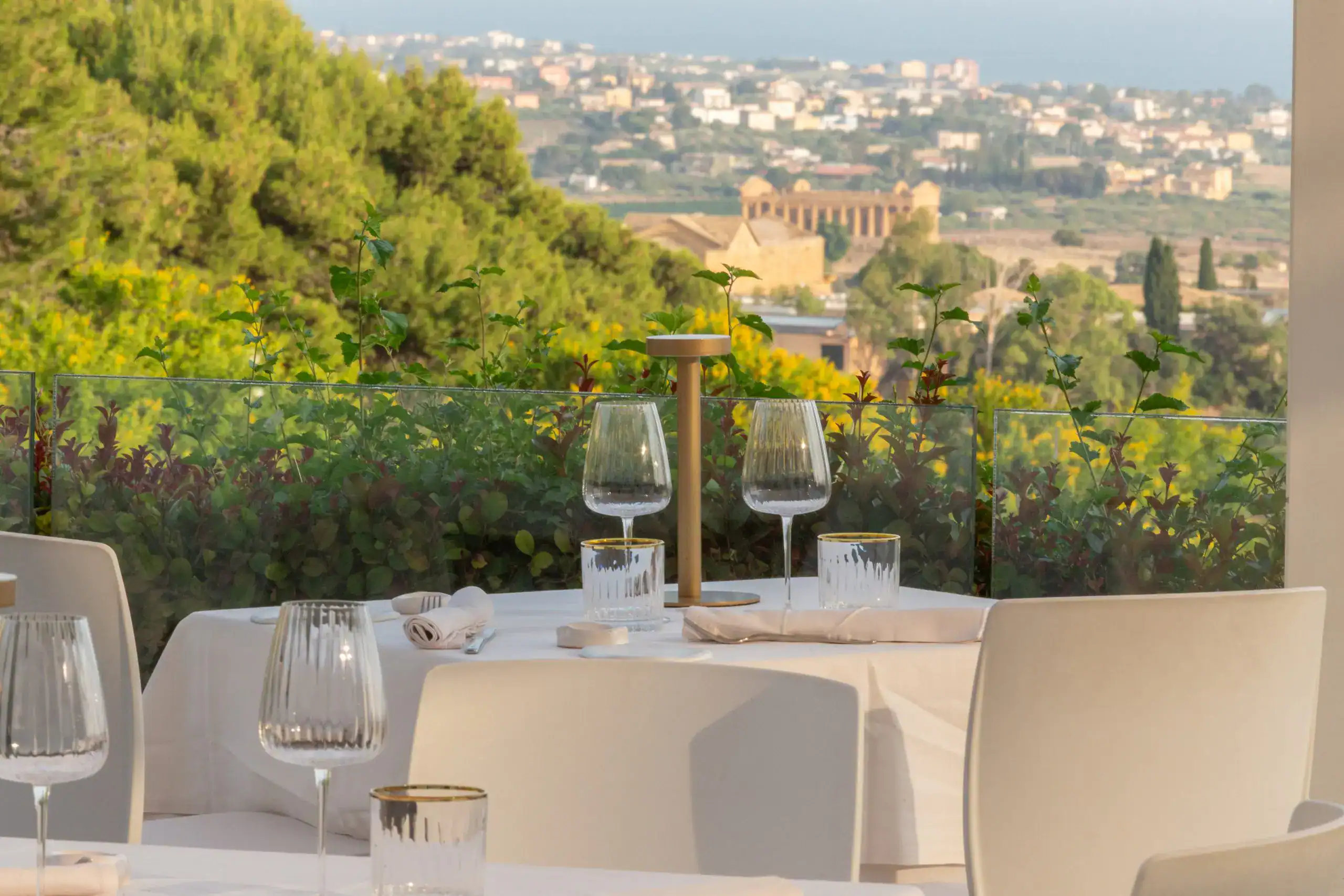 The best restaurants in Agrigento to discover the new Sicilian cuisine
The best restaurants in Agrigento to discover the new Sicilian cuisine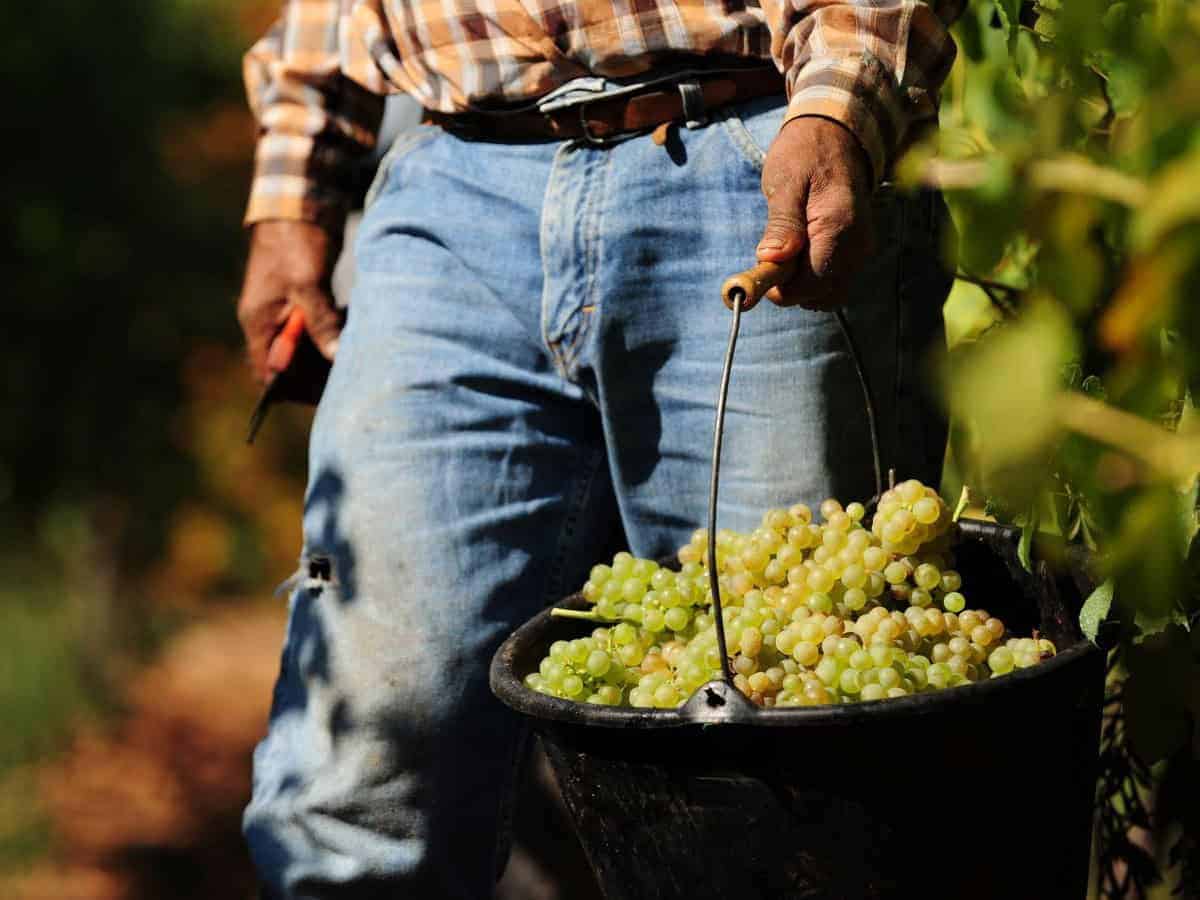 Italy’s 2024 wine production is higher than expected: nearly 44 million hectolitres. But there’s no reason to celebrate
Italy’s 2024 wine production is higher than expected: nearly 44 million hectolitres. But there’s no reason to celebrate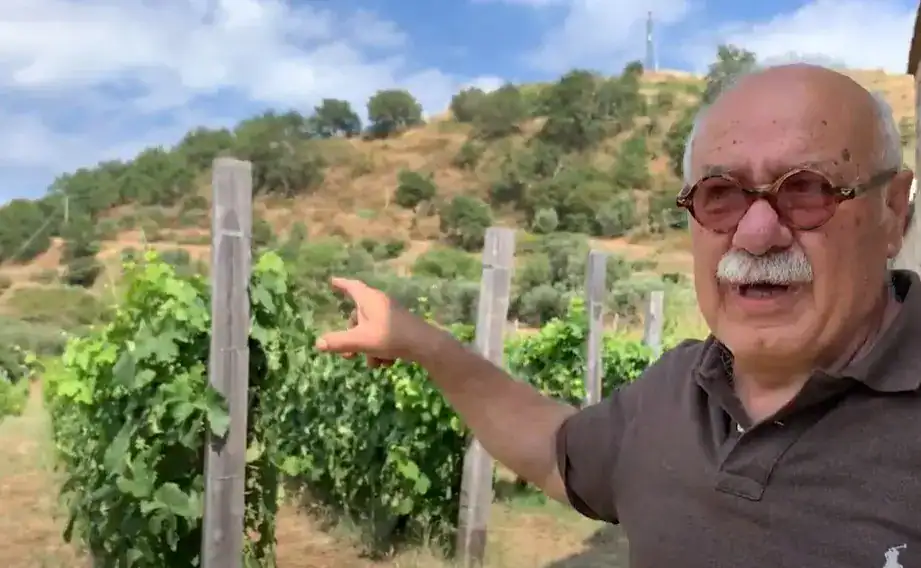 The two Calabrian brothers making wine like the ancient Grecanic peasants
The two Calabrian brothers making wine like the ancient Grecanic peasants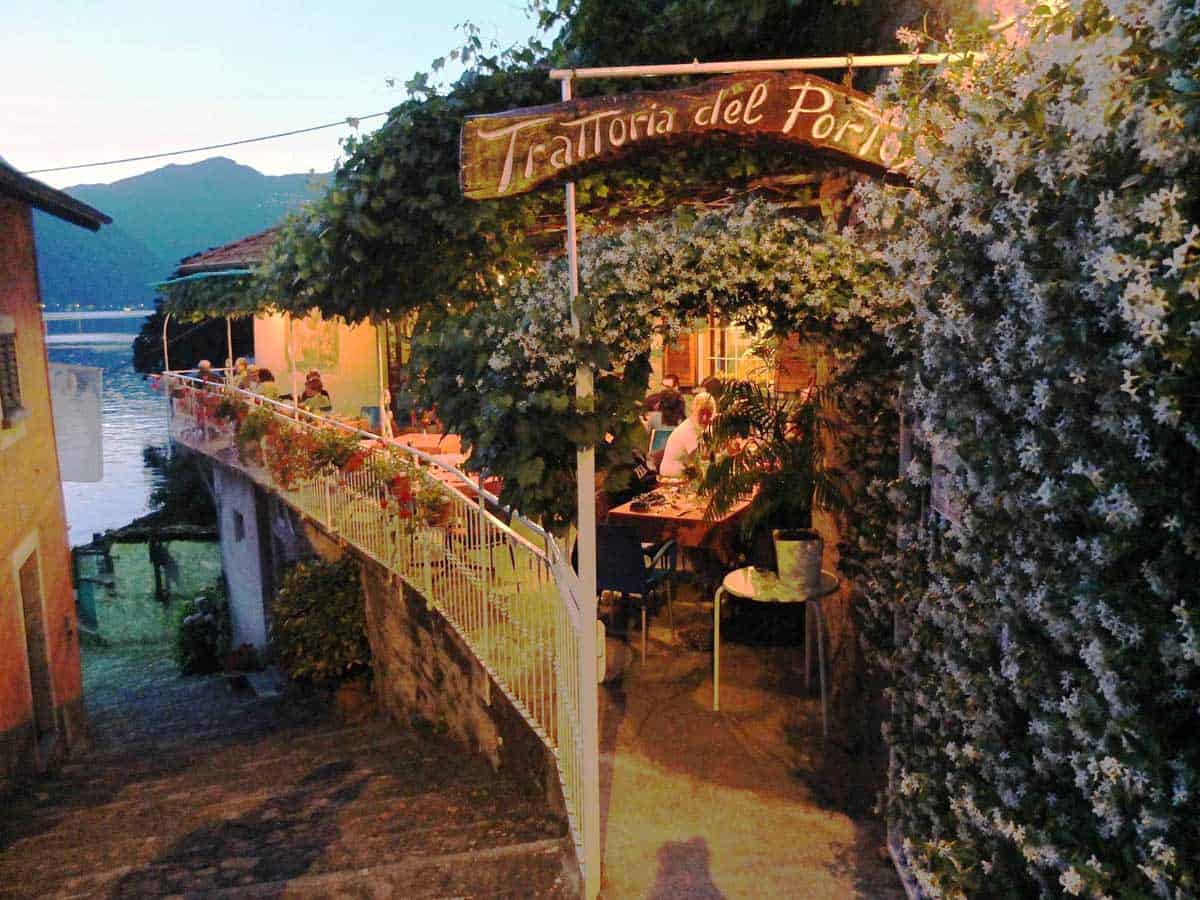 Three days at Lake Como in 17 destinations: Trattorias, Osterias and Fine Dining
Three days at Lake Como in 17 destinations: Trattorias, Osterias and Fine Dining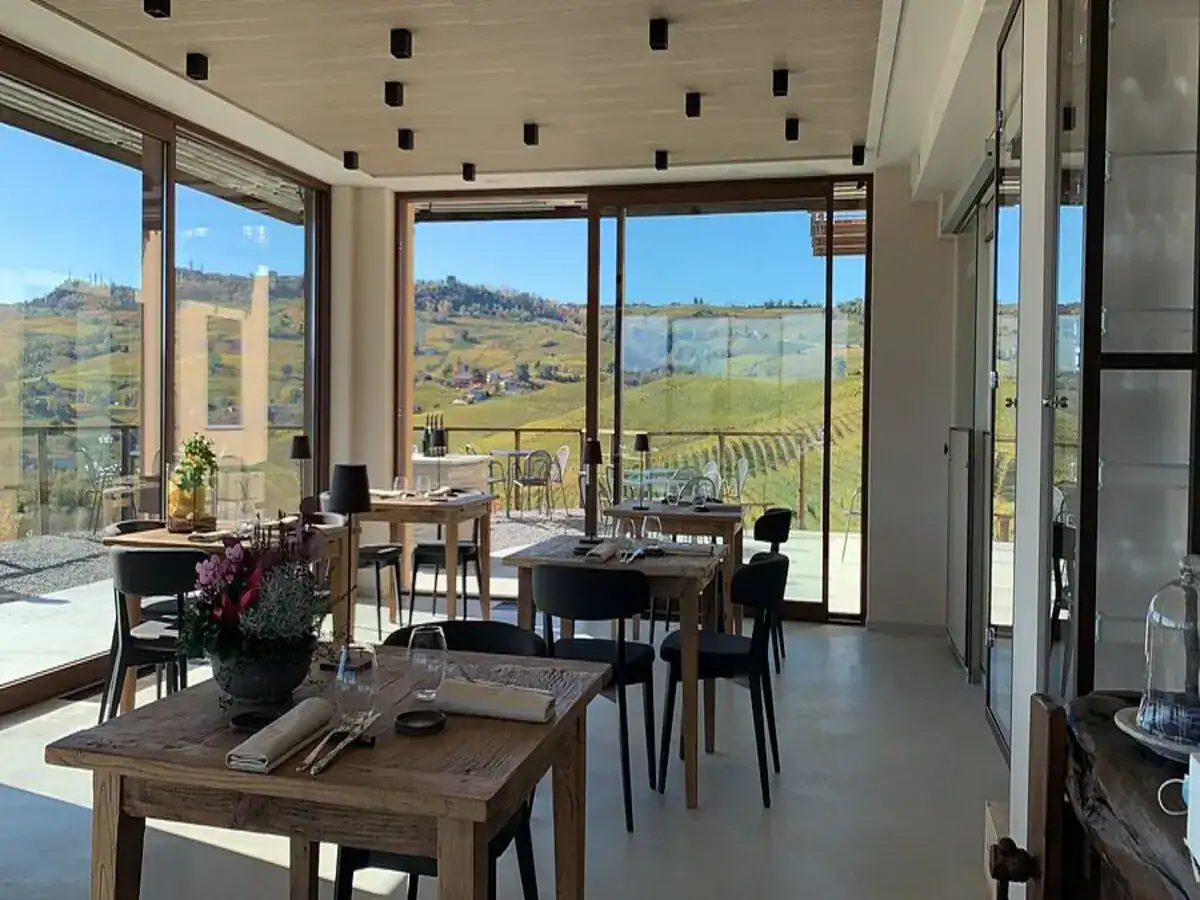 Piedmontese classics and raw seafood. The unexpected restaurant with a pool in the Langhe
Piedmontese classics and raw seafood. The unexpected restaurant with a pool in the Langhe